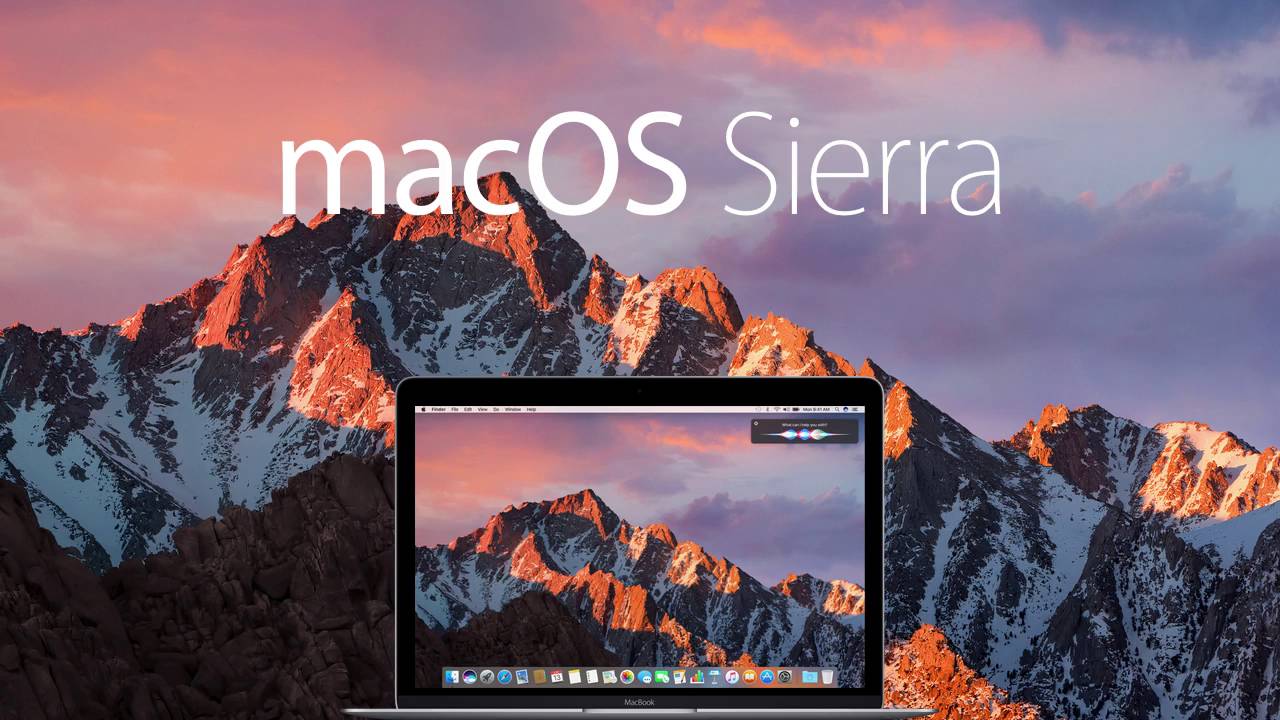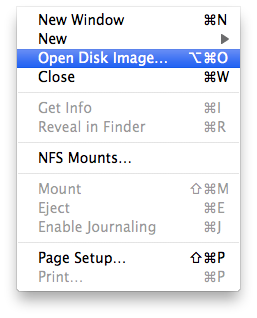
 Open the Terminal application ( Applications > Utilities > Terminal.app). iso somewhere easy to locate like your desktop iso with MacOS and Mac OS X via hdiutil in the Terminal application: Common verbs include attach, detach, verify, create, convert, and compact. Hdiutil uses the DiskImages framework to manipulate disk images. Luckily I remembered that good ole Terminal is more than capable of burning an ISO via hdiutil. Since I was using an older Mac with OS X 10.11 there was no option to simply burn the ISO from Disk Utility as I would normally do. Then press "Enter" to burn the ISO image file to the USB drive.I was working on an older Mac the other day and needed to create a Windows 10 Recovery Disc via an ISO. And replace " your" with your ISO file name, for example " daossoft-windows-password-rescuer.iso". Replace " /path/to" with your file folder your ISO image file located in. Step 6: Type in " sudo dd if = /path/to/your.iso of =/dev/rdisk2 bs=4k" command.
Open the Terminal application ( Applications > Utilities > Terminal.app). iso somewhere easy to locate like your desktop iso with MacOS and Mac OS X via hdiutil in the Terminal application: Common verbs include attach, detach, verify, create, convert, and compact. Hdiutil uses the DiskImages framework to manipulate disk images. Luckily I remembered that good ole Terminal is more than capable of burning an ISO via hdiutil. Since I was using an older Mac with OS X 10.11 there was no option to simply burn the ISO from Disk Utility as I would normally do. Then press "Enter" to burn the ISO image file to the USB drive.I was working on an older Mac the other day and needed to create a Windows 10 Recovery Disc via an ISO. And replace " your" with your ISO file name, for example " daossoft-windows-password-rescuer.iso". Replace " /path/to" with your file folder your ISO image file located in. Step 6: Type in " sudo dd if = /path/to/your.iso of =/dev/rdisk2 bs=4k" command. 
(Replace "#" with "2" which is your USB drive number.) Step 5: Type in " diskutil unmountDisk/dev/disk#" command shown as below, then press "Enter" to unmount it. Here assume that the USB drive number is "2". Step 4: Take down the number of your USB drive. Step 3: Type in " diskutil list" command shown as below, then press "Enter" to list all the disks in your Mac computer. (Click the "Spotlight" icon in the upper right corner on your Mac OS desktop and type "Terminal" in the search bar. Have no any ISO image file? Download one immediately into your Mac. However, it is also easy and convenient to burn an ISO image to USB with "dd" command in Terminal on Mac. As we know, it is the most common method to use Disk Utility built-in to Mac OS to burn an ISO image file to disk.

In Mac operating system, there are more than one method to create an image disk. Burn an ISO Image to USB in Terminal in Mac OS







 0 kommentar(er)
0 kommentar(er)
